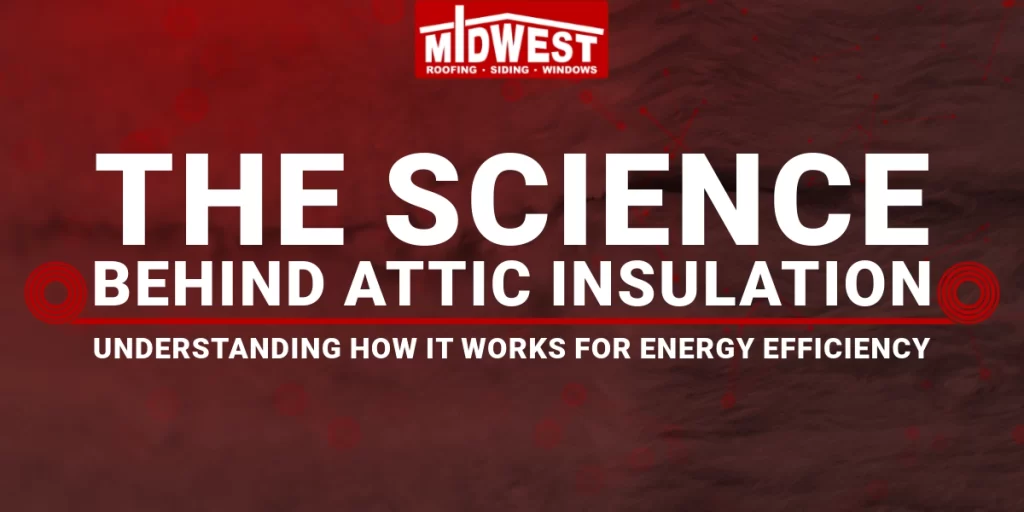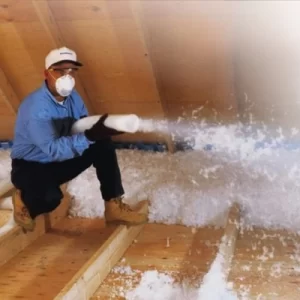
Most homeowners are familiar with insulation, in general. They understand that insulation helps protect a home from the outside elements and keeps the house warm. However, they may not realize that many types of insulation exist, including attic insulation. In fact, each kind of insulation serves a particular purpose.
Homeowners may also not comprehend the numerous benefits of attic insulation for a roofing system. In particular, the type and amount of attic insulation greatly affect the lifespan of a roof and a home’s overall energy efficiency. Without sufficient attic insulation, a roofing system faces many daunting challenges.
How Attic Insulation Is Manufactured

Sand. Plentiful. Practically unlimited. As the primary ingredient in glass production, silica sand forms the foundation of fiberglass (the primary material in attic/thermal insulation). Fiberglass takes shape when fibers are spun from molten glass, coated with a liquid binder, and disseminated into random pieces to create a familiar wooly substance.
To organize the large volume of fiberglass fibers into a usable form, industrial curing ovens help bond the strands together to make cutting them to the desired length and width easier. A binding agent (such as a vapor barrier) is affixed to the finished attic insulation product unless it is used as a “loose fill,” in which case no binding agent is required.
4 Reasons Why Attic Insulation Is Important For A Roofing System
4 Ways Insulation Impacts Energy Efficiency

Choosing A Roofing Contractor To Install Attic Insulation
For homeowners throughout the Twin Cities and surrounding areas, Midwest Roofing, Siding, & Windows offers the finest services in the roofing industry. Our unyielding commitment to fully addressing your roofing needs (including attic insulation installation) motivates us to provide exceptional customer service, craftsmanship, and roofing products. We never compromise quality. By delivering unmatched results, we earn your business. To schedule a complimentary consultation or to learn more, contact us today.
